Landcare Trust Award for Innovation in Sustainable Farm Forestry 2017 - Eric and Annette Cairns
New Zealand Tree Grower May 2017.
Eric and Annette Cairns have an eight-hectare property Fantails which is five kilometres east of Upper Hutt. They purchased the gorse, bracken and scrub property in 1985 with the intention of combining small-scale forestry, an orchard, nut production and livestock.
The soils are loess overlying weathered Greywacke with an annual rainfall of 1,500 mm. A small number of sheep are still kept for grazing the limited amount of open ground with supplementary feed being supplied from poplar, willow, tagasaste and mahoe shelterbelts. Tree crops such as heritage eating apples, cider apples and figs dominate the front of the property. Eric is the New Zealand research co-ordinator for figs within the Tree Crops Association. There are currently close to 60 cultivars of fig in New Zealand and many of these varieties are present on the Cairns property. For many years, Eric taught propagation and is more than happy to teach grafting technique to anyone who wishes to learn.
Continuous cover forestry
Eric has been a keen advocate for continuous cover forestry and it is in the middle of the property where he practises this regime. Planting, tending, thinning and eventual harvest is done on a micro scale using tools sized for the job and the environment the trees are harvested from. To this end, a small logging arch has been a versatile tool for moving blackwood, cypress, eucalypt and pine logs to an appropriate position for on-site milling with a small portable sawmill. A recent addition is a rubber tracked ‘iron horse’ which should provide welcome pulling power in what is a very crowded working environment.
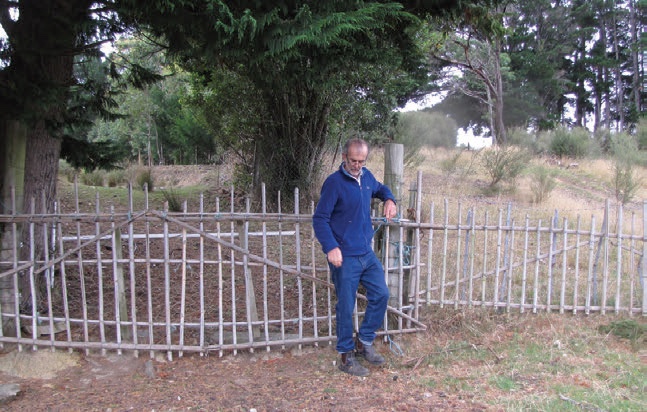
Understanding pest behaviour and developing a management strategy to deal with pests such as cicada, puriri moth, even deer and goats have particular projects undertaken on the property. The cicada challenge has to be seen to be believed in late summer.
Careful attention to siting and microclimate have been the key to mixing in the more than 50 exotic and indigenous timber species. Harvesting them in a manner sympathetic to the neighbouring trees will be a challenge which I am sure Eric and Annette will apply themselves to with the same sort of precision that they have applied to planting and tending.
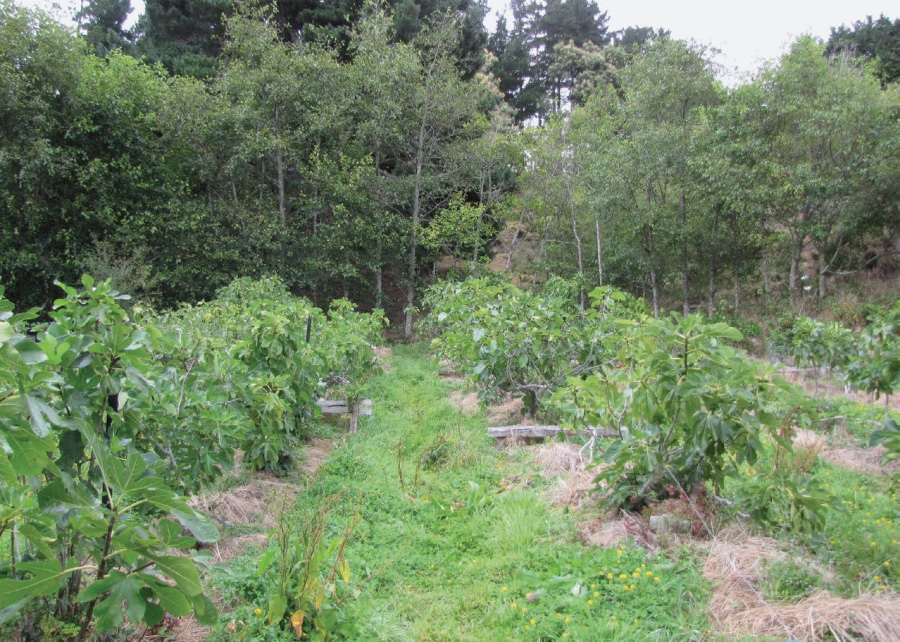
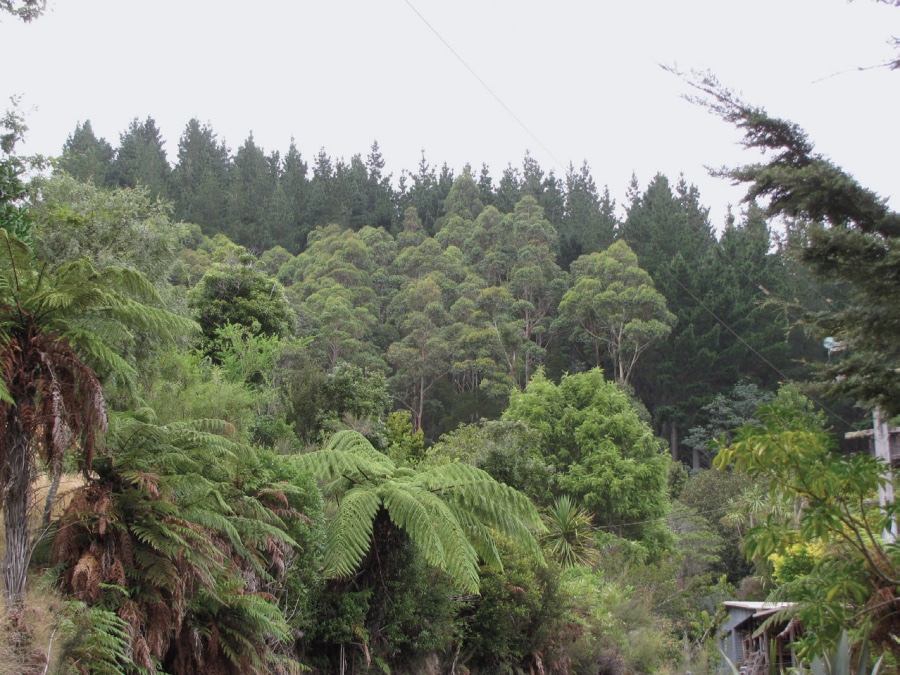
Green woodworking and agro forestry
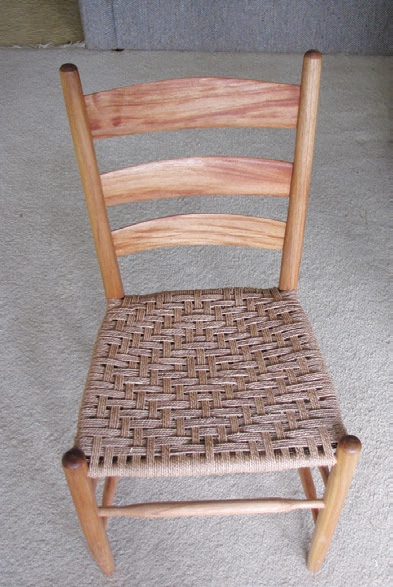
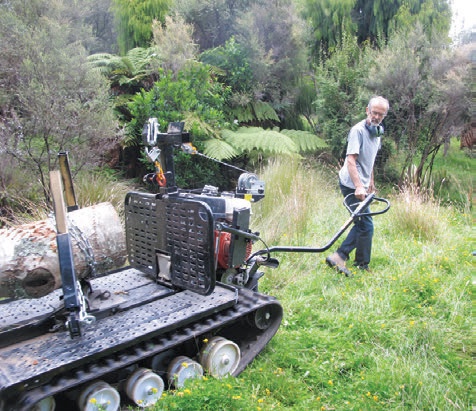
The use of home grown products is another spoke in the Cairns operation with many articles such as stools, baskets and even sculptures created from the harvested wood. Some of this wood is stored in ponds until he is ready to saw it, and once sawn it is either dried in his purpose built drying shed or used green for many of the green woodworking products that he has applied this technique to.
The one part of the property that continuous cover forestry and precision harvest does not quite apply to is the top section which is planted in a Barr-Bunn agro-forestry radiata regime, and it is nearing harvest. While a downhill drag may be the most economically efficient it will also be a challenge to minimise damage to the Cairns oasis on the slope below the harvest site. I wonder whether Eric might consider using some form of innovative skyline retrieval system or even a tethered airship. He has the sort of innovative mind, drive and attention to detail that doing things differently requires to be successful.
It is this latter challenge, the harvest of a relatively small amount of a cheap commodity softwood species from a less than ideal harvest site, that many small forest growers will be familiar with. If anyone is considering such an endeavour I would suggest a visit to the Cairns property and a brainstorming session. Hopefully a useful idea will be born and come to fruition. However, if it does not, it would be worth your while considering other relevant issues over one of Eric’s growing collection of home brewed ciders. Either way, the result should be an entirely pleasurable one.

 Farm Forestry New Zealand
Farm Forestry New Zealand